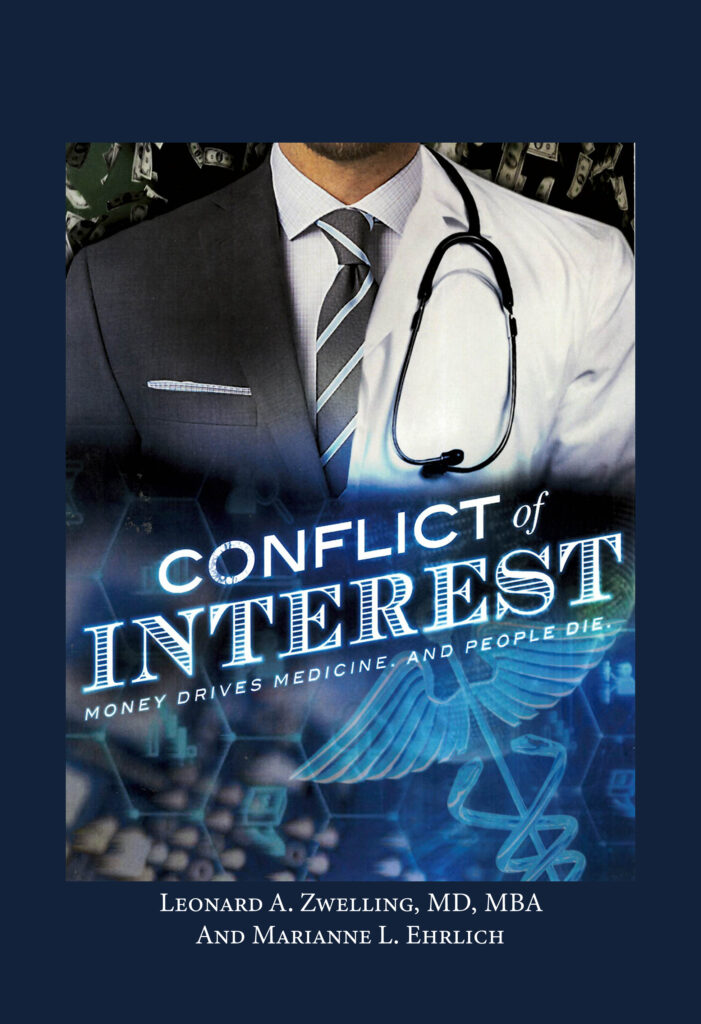Rules Don’t Rust
By
Leonard Zwelling
As someone who spent many years enforcing “the rules” of research, particularly clinical research, I appreciate the importance of having rules in most walks of life. That was certainly true of human subjects research, animal care and use, and biosafety when I was the designated inmate for research administration at MD Anderson from 1995-2007. The rules surrounding conflicts of interest, as this blog has noted on many occasions, are still being written. Until they truly eliminate conflicts, those rules will be wanting and those the rules are aimed to protect will still be vulnerable if they break their fiduciary responsibility to academic integrity and patient care by pledging dual allegiance to science and their wallets.
Another place that rules seem to apply is on a movie set. Who knew?
The killing of cinematographer Halyana Hutchins on the set of the Alec Baldwin independent film called Rust is a reminder of the essentiality of rules for protecting life. We take it for granted that this is the case when it comes to traffic, but less so in the cinema.
The precise cause of the death of the cinematographer and the wounding of the director Joel Souza has yet to be revealed. Were there live rounds in the gun handed to Mr. Baldwin that was reported to be “cold”? There were live rounds on the set apparently. Could the discharge of a blank have killed Ms. Hutchins? Were proper protocols followed on the set and did the assistant director Dave Halls who handed Mr. Baldwin the cold gun not follow the careful instructions put in place by the industry to prevent such an occurrence? It should have been the person in charge of weaponry handing the actor a gun not an assistant director. More importantly, if a live round killed the cinematographer, why was there a live round anywhere near a movie set? Were they expecting terrorists?
None of this is a surprise to me at all. When I began as an overseer of research regulation in March of 1995, I was totally naïve to many of the rules put in place by the federal government that regulate how research is to be performed. I knew that the Institutional Review Board regulated the performance of clinical research, but had no idea what the history of the IRB was. But I learned. I learned about the Nuremberg Trials and the Tuskegee experiment and the various instances of doctors using patients for unethical research. I also learned about human nature and the belief on the part of some doctors that their judgment about what is best for the individual patient should trump what is stipulated in an IRB-approved research protocol: how experimental drugs could be employed long after they failed to impact the natural history of a patient’s cancer; how ineligible patients could be administered an experimental agent because a doctor might think “it would work”; or how required data would not be gathered on patients on study if the patient did not want to travel to Houston to get the requisite CT scan. I’ve heard it all. I also heard about faculty members who went above and beyond to get a patient the experimental therapy that he or she needed by seeking the proper approvals—even on the weekend.
We will learn eventually what happened on that movie set, but I can almost guarantee, in the end it will be a case of someone not following the rules, cutting corners, or thinking he knew better than the rules demanded. This time it led to a tragedy. I have also seen similar results in the clinical research field.
It is often frustrating to adhere to rules and regulations when you are trying to get something done, but just like traffic laws, the rules governing human subjects research and the use of firearms on movie sets are there for a reason—to prevent tragedy. In this case on the set of Rust, something went very wrong. At bottom, a rule was not followed. Count on it.





2 thoughts on “Rules Don’t Rust”
You are absolutely right: some basic gun safety rules were violated.
For one, there was NO reason to have live ammunition on or near a movie set. Reports that some personnel were target shooting with LIVE rounds in the day or so before the tragedy may reveal that someone left live rounds on the set.
Second, and more importantly, ALL gun safety courses teach that when handed a weapon, the user should empty the chamber and any live rounds and reload them so that you know exactly what you have. So, Alec Baldwin holds some responsibility for NOT doing that simple safety move.
Having hunted and also having been on the pistol team at the Air Force Academy, I ALWAYS observe these basic safety rules, even today.
It is tragic that the movie team and Alec Baldwin did not follow basic NRA teaching.
Exactly!